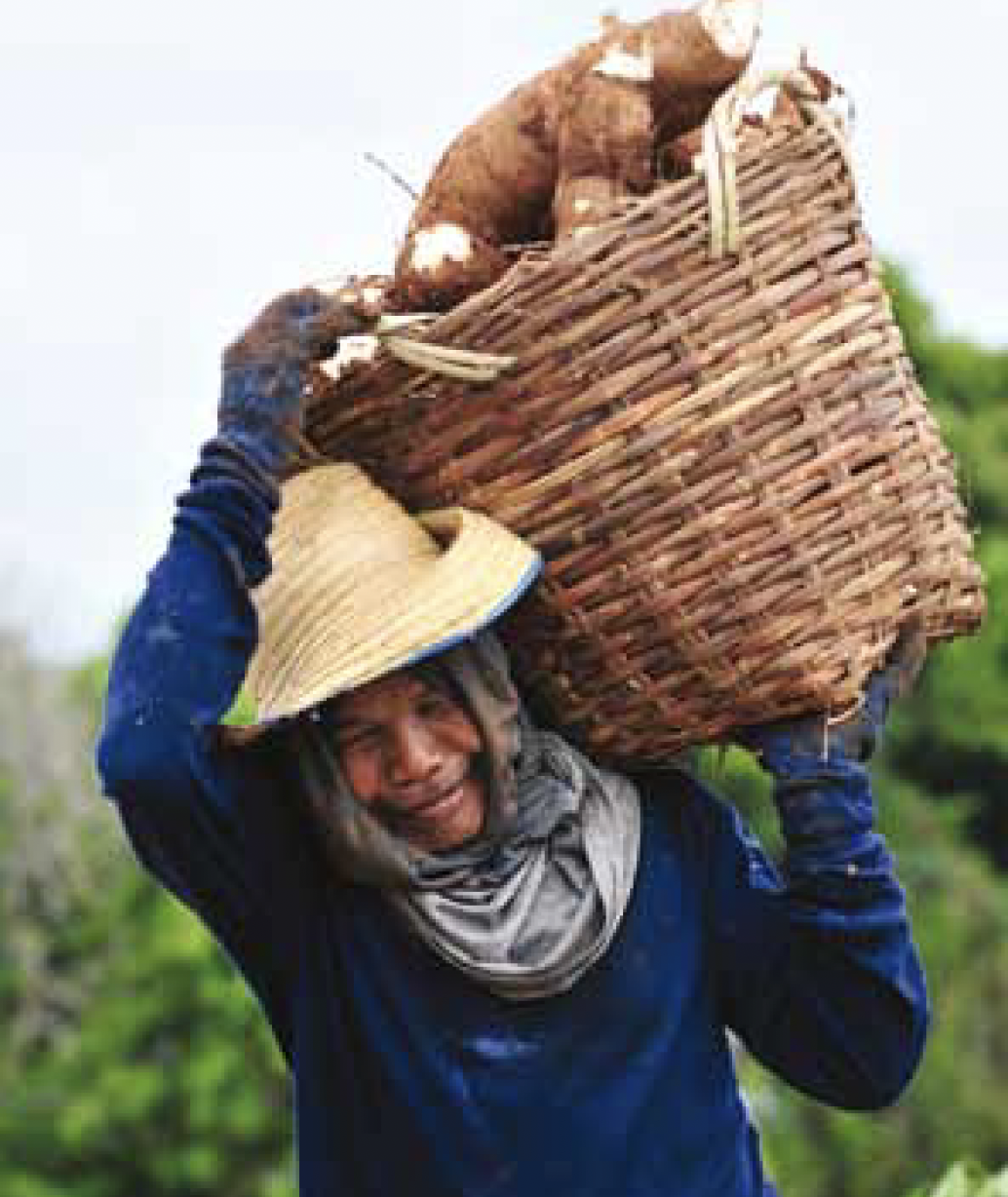Sociology
Climate Vulnerability and Capacity Analysis (CVCA)
The CVCA methodology provides a framework for analyzing vulnerability and capacity to adapt to climate change at the community level.
References
References for the COBAM Cameroon- Baseline Vulnerability Report.
A holistic approach to climate change vulnerability and adaptation assessment: Pilot study in Thailand
This paper points out gaps in using sectoral vulnerability and adaptation assessment for landscape adaptation planning, and proposes instead an extended framework for climate change vulnerability and adaptation with a holistic view of the landscape.
Mainstreaming adaptation into local development planning: A case study in Chainat, Thailand
This pilot study aimed to understand climate risks and uncertainty within local communities and demonstrate the integration of adaptation into local development plans. It began with an assessment of climate risks, vulnerability and uncertainty in a community within the Sapanhin sub-district, Nong Mamong district, Chainat province, Thailand. From this, climate change adaptation options to support planning decisions were developed.
The study employed a mixture of approaches, including a vulnerability assessment, Participatory
Rural Appraisal, a review of local development plans and related documents, in-depth interviews,
household surveys and focus group discussions.
Adaptation Toolkit
ENDA-TM, SEI and local partners in Gambia co-developed a toolkit for climate change vulnerability assessment and adaptation planning. This has been tested and refined for its use by local practitioners.
Why different interpretations of vulnerability matter
Why different interpretations of vulnerability matter
SNA review: A summary
This article, written by weADAPT authors, reviews several recent papers on quantitative social network analysis (SNA) in relation to adaptive governance, adaptive capacity and resilience.
A review of applications of Social Network Analysis
This article reviews the applications of Social Network Analysis in eight diverse studies; details of the methods, questions asked, findings and tools used are given.









